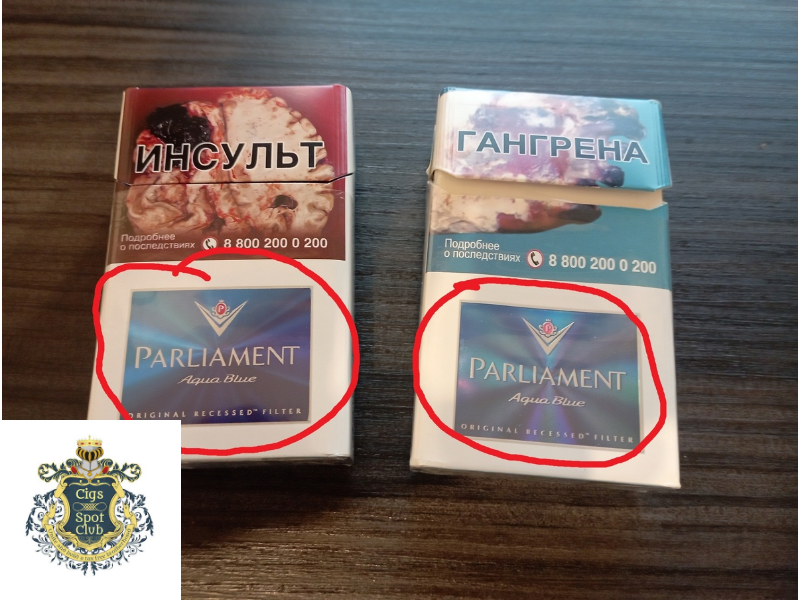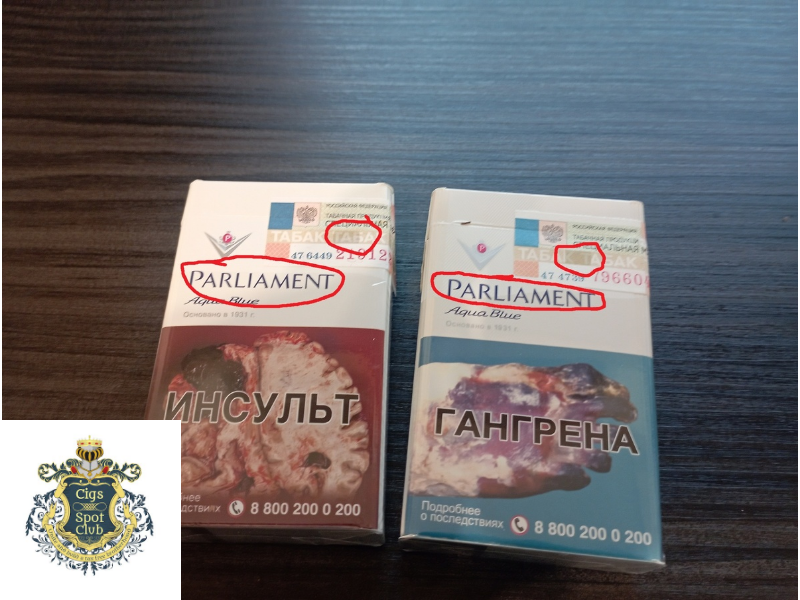Top 5 Signs of Fake Cigarettes Most People Miss — Explained in Plain English

Ever pick up your usual cigarettes only to find the taste is oddly unfamiliar? Maybe tobacco dust spills into your palm, the pack feels spongy, or the filter heats up in a strange way. It can feel like you’re smoking something that isn’t a cigarette at all. That’s a counterfeit. And the sneakiest thing about fakes is they don’t always look homemade—often they’re almost indistinguishable from the real thing unless you take a closer look.
The pack: the first red flag—if you know where to look
Most problems show up with the packaging first. We’re used to grabbing a pack on autopilot: pick it up, pay, go. But the pack can tell you a lot. On a genuine pack, the cardboard is dense and doesn’t dent with a light press. The lid snaps shut cleanly—click and it’s closed. Counterfeits often use flimsy board that loses shape in your pocket. Sometimes the ink literally rubs off onto your fingers—swipe your thumb across the logo and it smears like marker on cheap paper.

Typography matters too. On the original, letters are sharp and evenly aligned—no “drifting” characters. On fakes, you’ll often see misalignment and fuzzy edges. Check the barcode or any printed QR on the bottom or side of the pack: if it’s blurry, won’t scan on the first try, or looks like a photocopy, be suspicious.
Coats of arms and brand crests are a story of their own. Counterfeits often reveal themselves through the crest’s position, the wrong shade of metallic ink, or off-center symmetry. Tiny details, yes—but they’re exactly what exposes a fake.
Tobacco bits at the bottom aren’t just a mess
Many people ignore loose tobacco at the bottom of the pack. Sure, transport can cause some shake‑out. But on genuine packs, the amount is minimal to the point of being barely noticeable. Real factories have strict quality control—batches that don’t meet the standard are discarded, not sold.
With counterfeits, it’s different. Producers use cheaper machinery that leads to poor packing. They often mix tobacco with leftovers from sorting or outright fillers. That’s why you’ll see fine dust at the bottom—like a cigarette that’s been left open in a glove box for a week. The sticks feel loose; bend one and it doesn’t snap, it just gums and flexes like rubber. That’s a dead giveaway of low‑grade production.
Paper and filter: small details that say a lot
Look closely at the seam on the cigarette. Genuine sticks have a straight, thin seam that’s firmly bonded to the filter. The paper doesn’t flare or peel. Counterfeits often have uneven seams and poorly glued edges. Some brands—Parliament, for example—use distinctive paper textures or recessed filter constructions that fakes rarely match precisely.
Filters make it even clearer. Modern filters aren’t just a chunk of porous material—many have charcoal inserts, acetate layers, and complex structures. Underground producers usually won’t replicate that; their filters are light, single‑layer, and sometimes give off a chemical smell if you sniff them separately.
Tobacco is the heart of a cigarette—and it’s where fakes stand out most
Real tobacco has a distinctive aroma. It’s dry but not crumbly, and it doesn’t stick to your fingers. The color is uniform, golden‑brown. It burns evenly without sparks, and the ash should be light gray.
Fakes often have grayish tobacco with green or black flecks, sometimes with stem fragments or sorting waste. You’ll pick up chemical notes in the smell—flavorings and cheap dyes. The taste is flat and bitter, with no familiar finish.
Markings and price: simple but reliable US checks
- State tax stamp: Most US packs carry a state excise stamp on the bottom or side. Look for crisp microprinting, color‑shifting ink, and clean perforations. Smudged or identical‑looking stamps across different states are a red flag.
- Wrapper and tear tape: Genuine cellophane feels taut with a neat “tax stamp window.” The tear tape pulls in a straight line and leaves a clean edge.
- UPC/QR scan: Scan the barcode with your phone. If it returns mismatched product info (wrong brand, size, or company) or fails to scan repeatedly, be cautious.
- Lot codes and dates: Manufacturers print production codes inside the lid or on the inner foil. Inconsistent fonts, misaligned ink, or gibberish strings can indicate a fake.
- Price outliers: If a pack is dramatically below typical retail in your state—especially at informal or non‑licensed sellers—assume it’s suspect.
Important: Cigarette pricing and tax stamps vary by state. Compare within your state or region to judge whether a price looks abnormally low.
Counterfeit cigarettes aren’t just about taste or quality. It’s also about compliance with laws and knowing exactly what you’re buying. When details don’t add up, it’s a gamble you don’t want to take.
So next time you grab a pack, take a couple of seconds to look it over. If even seasoned smokers sometimes miss fakes, how many counterfeit packs pass by every single day?
Bottom line
Counterfeits give themselves away through weak packaging, sloppy printing, off‑spec filters, and inconsistent tobacco. Learn the small tells—tax stamp details, clean barcodes, consistent lot codes, and realistic pricing—and you’ll spot most fakes before you light up. When in doubt, compare against verified stock photos and buy from trusted sources.
Disclaimer: This guide is for informational purposes only. Packaging elements, tax stamps, and artwork may change without notice. Always follow applicable federal, state, and local laws when purchasing tobacco products.

